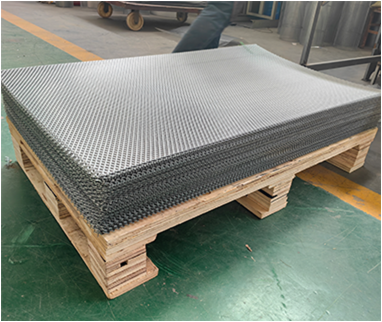 Tel:
+8615930870079
Tel:
+8615930870079
Oct . 10, 2024 22:51 Back to list
dust cartridge
Understanding Dust Cartridges Importance and Functionality in Air Filtration Systems
In today's world, where air quality is a growing concern, the importance of effective air filtration systems cannot be overstated. One crucial component of these systems is the dust cartridge. Understanding what dust cartridges are, how they function, and their significance in maintaining clean air can help individuals and industries alike make informed decisions about air quality control.
What is a Dust Cartridge?
A dust cartridge is a specialized filter designed to capture airborne particles, dust, and other contaminants to provide cleaner air. These cartridges are often made of materials such as fiberglass, polyester, or other synthetic fibers that create a high surface area for trapping pollutants. They are used in various applications, from household vacuum cleaners to industrial dust collectors, and play a vital role in environmental management and safety.
How Do Dust Cartridges Work?
Dust cartridges operate through a process known as mechanical filtration. As air flows through the cartridge, particles collide with the fibers, becoming trapped and preventing them from being released back into the environment. The efficiency of a dust cartridge is measured by its ability to capture particles of different sizes, including fine dust, pollen, mold spores, and even some airborne pathogens.
The design of the cartridge is critical to its performance. Most dust cartridges feature a pleated design, which increases the surface area available for filtration while minimizing resistance to airflow. This design helps maintain optimal airflow while effectively capturing a high percentage of dust particles.
Types of Dust Cartridges
Dust cartridges come in various types, tailored for specific applications. Some common types include
1. Standard Filter Cartridges Typically used in home HVAC systems to filter general dust and allergens, these cartridges are usually easy to replace and maintain.
2. High-Efficiency Particulate Air (HEPA) Filters Designed to capture 99.97% of particles as small as 0.3 microns, HEPA filters are ideal for environments requiring exceptionally clean air, such as hospitals and laboratories.
dust cartridge

3. Carbon-Activated Filters These cartridges are specifically designed to remove odors and volatile organic compounds (VOCs) from the air. They're commonly used in industrial applications where chemical exposure is a concern.
4. Washable Filters These reusable cartridges are designed for applications where regular maintenance can be afforded. They require cleaning rather than replacement, making them a more sustainable option.
Significance of Dust Cartridges
The presence of dust cartridges in air filtration systems is crucial for several reasons
- Health Benefits Effective dust filtration can greatly improve indoor air quality, reducing the chances of respiratory issues, allergies, and other health problems associated with poor air quality.
- Operational Efficiency In industrial settings, clean air is essential not only for worker safety but also for the efficient operation of machinery. Dust buildup can lead to increased wear and tear, resulting in higher maintenance costs and downtime.
- Environmental Compliance Many industries are subject to regulations regarding air quality. Utilizing effective dust cartridges helps ensure compliance with these regulations, contributing to environmental protection efforts.
- Improved Comfort In residential settings, clean air contributes to overall comfort. By reducing dust and allergens, dust cartridges can create a more pleasant living environment.
Conclusion
In conclusion, dust cartridges play an essential role in air filtration systems, ranging from household appliances to large-scale industrial applications. Their ability to capture harmful particles and improve air quality is invaluable for health, safety, and environmental compliance. As awareness of air quality issues continues to grow, investing in high-quality dust cartridges and understanding their functionality is more important than ever. By prioritizing air quality, we can contribute to healthier living spaces and more sustainable practices in our communities.
-
Nano Fiber Technology: Revolutionizing Cartridge Dust Collector FiltersNewsAug.06,2025
-
How Activated Carbon Air Cartridges Eliminate OdorsNewsAug.06,2025
-
Dust Filter Cartridge Handling Fine Particulate MatterNewsAug.06,2025
-
Cartridge Dust Collector Filter for Welding Fume ExtractionNewsAug.06,2025
-
Activated Carbon Filter Cartridge Effectiveness Against VOCsNewsAug.06,2025
-
Activated Carbon Air Filter Cartridge Benefits ExplainedNewsAug.06,2025

 Email:
Email:





